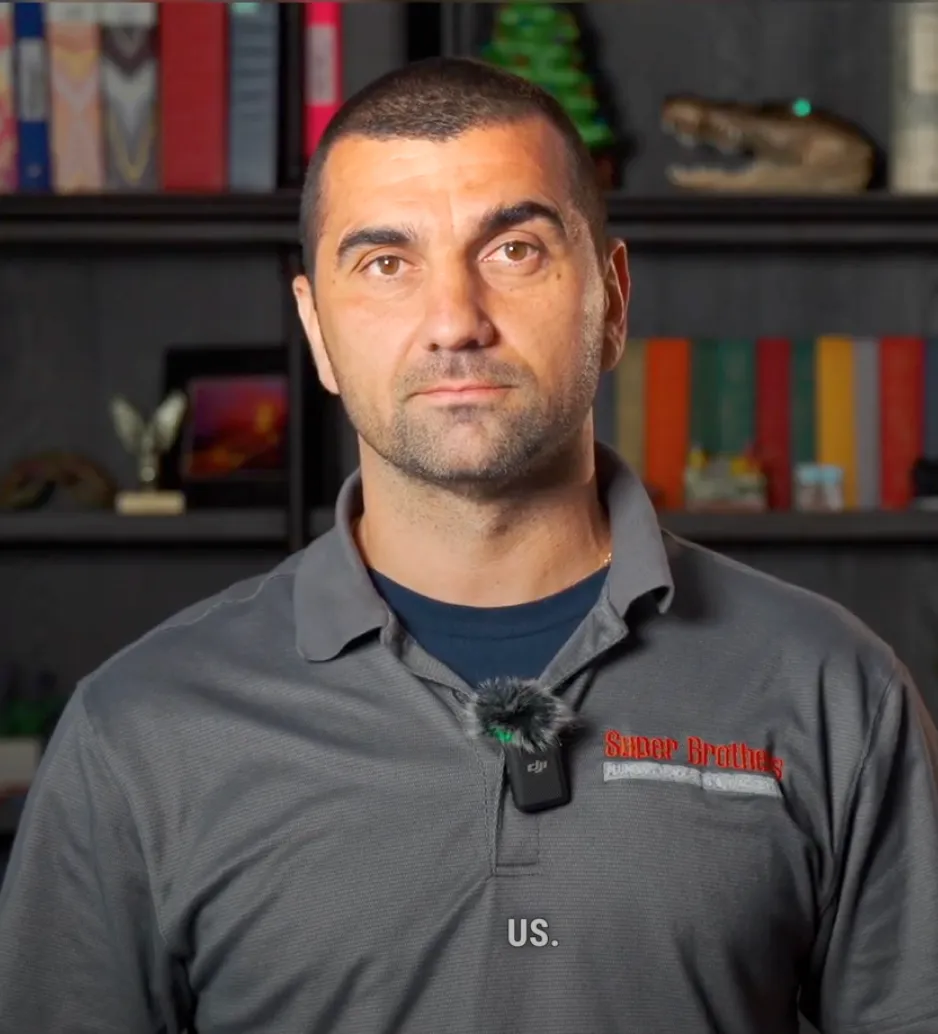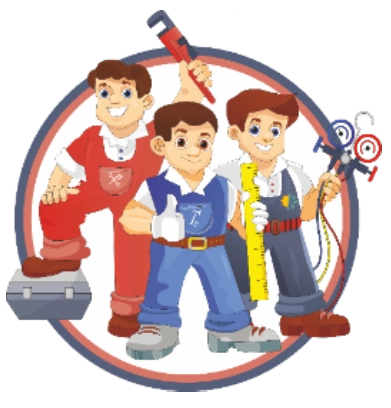Water is a vital resource for all living organisms. Whether it’s for drinking, cleaning, cooking, or other daily tasks, water is indispensable. However, not all water is the same. It falls into two categories: hard water and soft water. Understanding the difference and how to manage hard water with a water softener can greatly improve quality of life and efficiency in daily activities.
What Is Hard Water?
Hard water contains high levels of calcium, magnesium, and other minerals. These minerals accumulate as water flows through limestone and chalk deposits. While hard water is safe to drink, it poses several challenges for cleaning, grooming, and appliance maintenance.
Effects of Hard Water
- Stains on Utensils and Surfaces
Hard water leaves white spots and streaks on glasses, plates, and other surfaces, giving them an unclean appearance despite thorough washing. - Increased Soap and Detergent Use
Hard water doesn’t easily form lather with soap, requiring higher quantities of detergent to achieve satisfactory cleaning. - Skin and Hair Problems
After bathing with hard water, a film of soap residue remains on the skin, leading to clogged pores and irritation. Hair may feel dry and brittle, reducing its shine and health. - Clothing Damage
Hard water deposits soap curd on clothes, making fabrics stiff and dull. Over time, the buildup of minerals can wear out clothing fibers. - Plumbing Issues
Mineral deposits can block pipes, faucets, and household appliances such as dishwashers and washing machines. This scale buildup reduces efficiency and increases maintenance costs.
What Is a Water Softener?
A water softener is a device that removes excess calcium and magnesium ions from water, replacing them with sodium or potassium ions. This process is known as ion exchange and helps turn hard water into soft water.
How a Water Softener Works
- Ion Exchange Process
- Hard water passes through a resin bed in the water softener.
- The resin contains negatively charged beads that attract and bind with the positively charged calcium and magnesium ions.
- Sodium or potassium ions are released in exchange, resulting in softened water.
- Regeneration of the Resin Bed
- Over time, the resin bed becomes saturated with calcium and magnesium ions and must be cleaned.
- A brine solution (water mixed with salt) is flushed through the system, dislodging the hard minerals and recharging the resin bed with sodium ions.
Benefits of Using a Water Softener
- Cleaner Surfaces and Dishes
Soft water eliminates white spots and residue, leaving dishes and surfaces spotless. - Lower Soap Usage
With soft water, soaps and detergents lather easily, reducing the amount needed for cleaning. - Healthier Skin and Hair
Soft water prevents soap scum buildup, leaving skin feeling clean and hair looking shiny and healthy. - Longer-Lasting Appliances
By preventing scale buildup, water softeners extend the lifespan of household appliances and reduce maintenance costs. - Better Laundry Results
Clothes washed in soft water are brighter, softer, and last longer because mineral buildup is avoided.
How to Measure Water Hardness
Water hardness is measured in grains per gallon (GPG) or parts per million (PPM).
- Soft Water: 0-1 GPG
- Moderately Hard Water: 1-7 GPG
- Hard Water: 7-10 GPG
- Very Hard Water: Over 10 GPG
Many companies provide hard water test kits to help homeowners determine the level of hardness in their water and decide whether a water softener is necessary.
Potential Drawbacks of Water Softeners
While water softeners provide numerous benefits, there are a few considerations to keep in mind:
- Sodium in Softened Water
- Softened water contains small amounts of sodium, which can pose health risks for people with high blood pressure.
- Potassium chloride is an alternative for those on low-sodium diets, though it is more expensive than standard salt.
- Environmental Impact
- Excess sodium from water softener discharge can affect soil and water systems.
- Some municipalities have restrictions on water softener use, so it’s essential to check local regulations.
- Initial Cost and Maintenance
- A water softener requires an initial investment and regular maintenance, including salt refills and periodic resin bed regeneration.
Practical Steps for Using a Water Softener
- Choose the Right Size
Select a water softener with a capacity that matches your household’s water usage and hardness level. - Install Properly
Have the system installed by a professional to ensure optimal performance and avoid leaks or inefficiencies. - Monitor Salt Levels
Regularly check and refill the salt reservoir to keep the softener functioning effectively. - Perform Routine Maintenance
Clean the resin bed and inspect the system for any wear or damage.
Conclusion
Hard water can cause numerous problems, from clogged pipes to skin irritation. Installing a water softener is an effective solution that not only improves water quality but also protects your appliances, reduces detergent use, and enhances personal care routines.
By investing in a water softener, you’ll enjoy the benefits of soft water while reducing the hassles and costs associated with hard water. Whether you’re dealing with stubborn stains or inefficient appliances, a water softener offers a long-term solution for a more comfortable and efficient home.
For professional advice or installation, contact Super Brothers Plumbing Heating and Air to learn more about how a water softener can transform your daily life.


